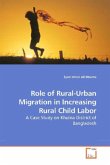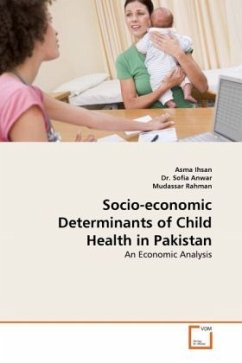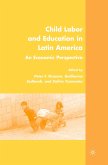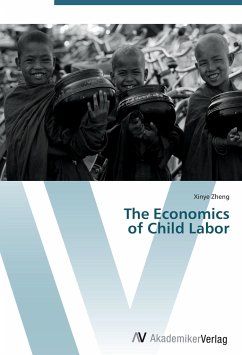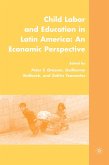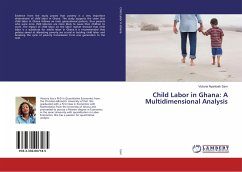The elimination of child labor and universal primary education are two major issues in developing economies. The estimates, determinants and prospects differ in nations and within nations. In Pakistan particularly and in South Asia generally there are varying estimates from public and non-public organizations as well as diverging ideas on causing factors. That is why proposals are blurred. The book provides a matrix of estimates of child labor in Pakistan in different age groups, urban and rural areas and for male and female children. Through econometric techniques it shed light on children activities and propose policy fabrication. Children work in informal sector, status of basic education, and legislation for schooling and child labor are also discussed. It should be particularly useful for policy makers, academia and researchers in human resource development and generally to students of economics, sociology, education, social work and anthropology as well as social mobilizershaving interest in children activities. The researchers probing informal sector work and women employment even may have help in various aspects.
Bitte wählen Sie Ihr Anliegen aus.
Rechnungen
Retourenschein anfordern
Bestellstatus
Storno


